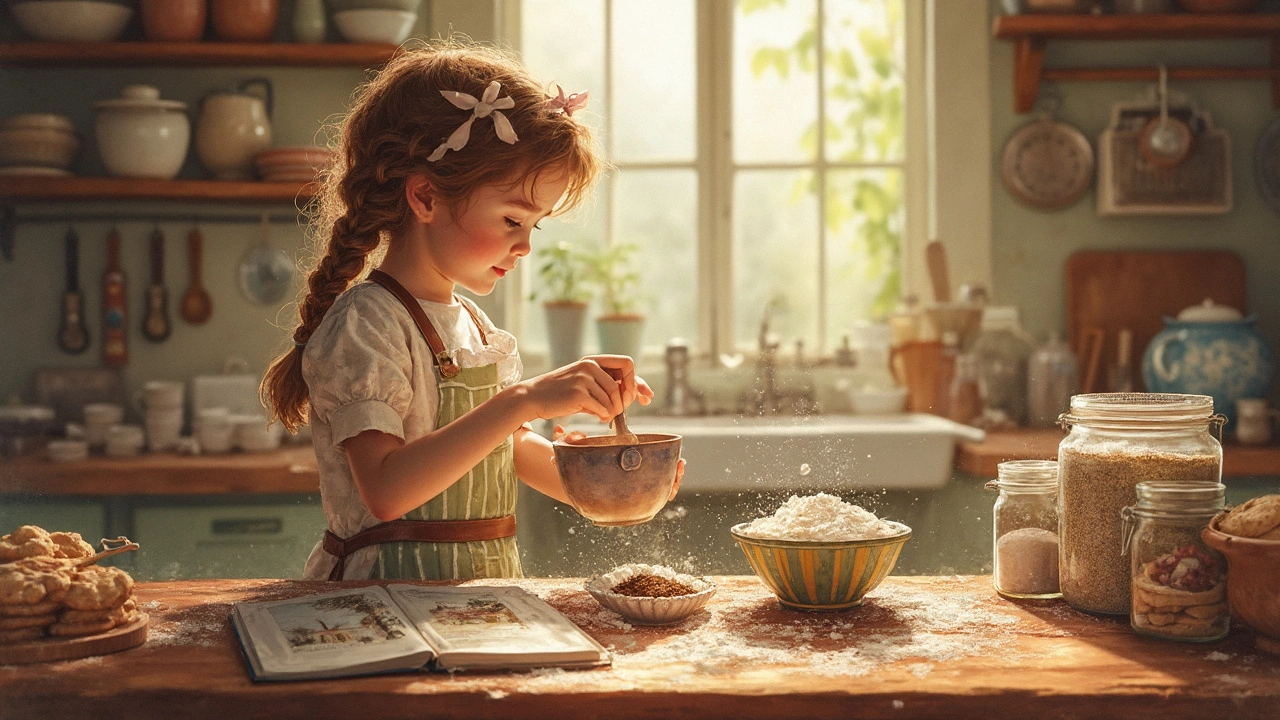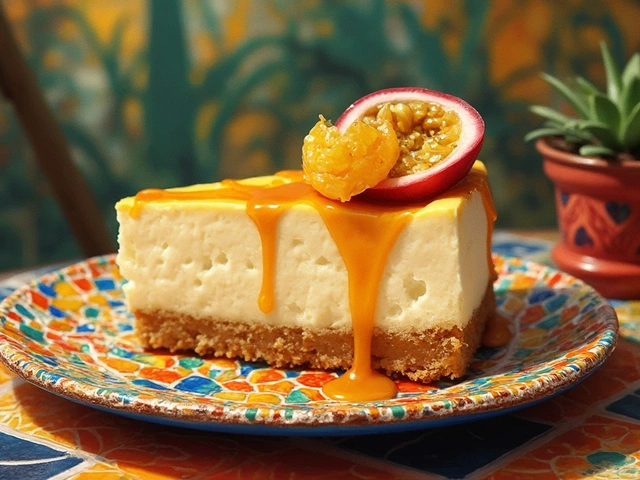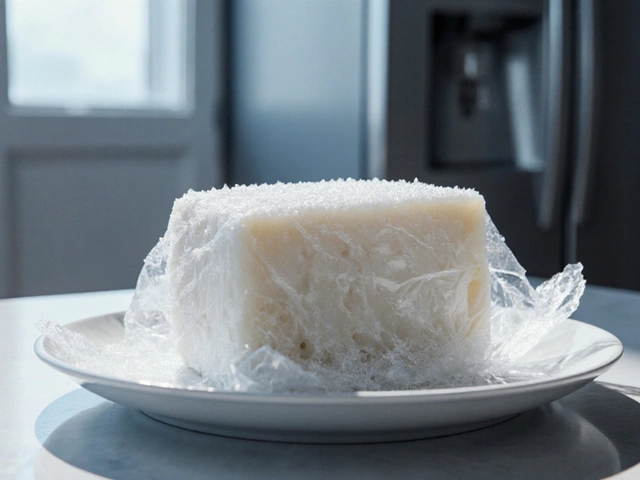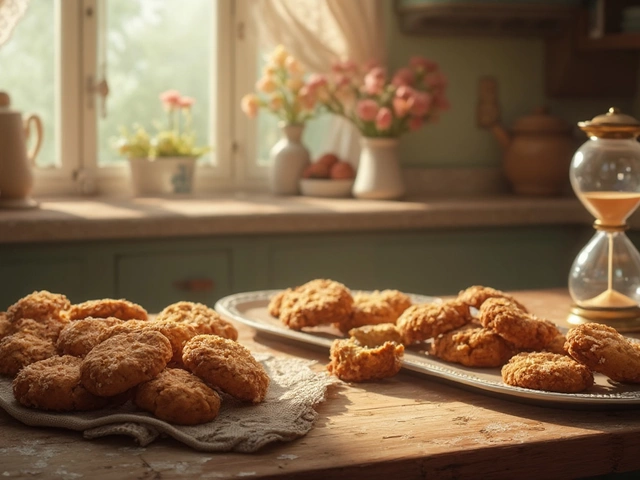Cookies, those delightful little bites of joy, can seem like a mystery if you're just starting out with baking. But fear not, because we've got the basics laid out for you. Let's start with the ingredients. Flour, sugar, butter, and eggs are your core components. Pretty straightforward, right? Each one plays its own crucial role—flour gives structure, sugar adds sweetness and texture, butter lends richness, and eggs bind everything together.
Knowing why these ingredients matter helps because then you can confidently tweak recipes. Say you want a chewier cookie—brown sugar is your friend for that extra moisture. Craving some crunch? A little more white sugar and you'll get there. Playing with these simple adjustments can really make a difference.
- The Basics of Cookie Ingredients
- Understanding the Baking Process
- Simple Yet Delicious Recipes
- Fun Cookie Facts
The Basics of Cookie Ingredients
Alright, let's break down the essential ingredients you need to whip up a batch of homemade cookies. It's simpler than you think, with each element having its own job to do.
Flour
First up, flour. You usually hear about all-purpose flour in cookie recipes. It's versatile and creates a solid base. Different flours can change texture, though. Want a lighter cookie? Try cake flour. More protein in the flour like bread flour, makes for a denser cookie. But typically, for that balanced chew and crisp, stick with all-purpose.
Sugar
Next is sugar, which sweetens and helps with that lovely browning. Your choice here varies the outcome a lot. White sugar tends to make cookies crispy. Swap some of it for brown sugar, and you'll add moisture and chewiness thanks to the molasses in brown sugar. Sometimes, recipes call for both to balance texture and flavor.
Butter
Butter adds richness and flavor. Melted butter can make cookies chewier, while using it cold keeps them thicker. If you're feeling adventurous, try browning the butter for a nutty, caramel-like flavor! Margarine or shortening also works if you're looking for more spread or a dairy-free option.
Eggs
And don't forget the eggs. Acting as a glue, they're what keep your cookie together. Most recipes call for large eggs. If you ever need to skip them, flaxseed and water are a great vegan alternative. Eggs also contribute to the cookie's texture, providing moisture and tenderness.
Extra Add-ins
Now comes the fun part—add-ins. Chocolate chips are a classic, but think about nuts, dried fruit, or candy pieces as other options. These little extras can make your cookies uniquely yours.
So, there you have it, the main players in your cookie dough. Experimenting with these ingredients lets you tailor cookies to your taste. Want a crispier edge? Use more white sugar and bake a bit longer. Prefer a soft center? Add an extra egg yolk or chill the dough before baking!
Understanding the Baking Process
Baking cookies is like conducting a little science experiment in your kitchen. Once you have your homemade cookies dough ready to go, the magic really starts in the oven. Wonder what's happening inside that hot box? Well, it's quite a transformation.
The Role of Temperature
Oven temperature is key. Most cookie recipes ask for a preheated oven, usually around 350°F (about 175°C). This isn't just a suggestion. It ensures that the heat gets evenly distributed over your baking sheet. If your cookies spread too much or stay lumpy, it might be a sign that your oven runs either too hot or too cold.
Time Matters
Pay attention to baking time. Typically, you'll bake cookies for 8-12 minutes. The edges might start to look golden, but the centers could still look undercooked. That's okay; they'll firm up while they cool. If you want a softer cookie texture, try pulling them out on the earlier side of that timeframe.
The Cooling Process
The cooling process is another important step. Once cookies are out of the oven, let them sit on the baking sheet for a couple of minutes. This initial cooldown lets them set so you can transfer them to wire racks without them breaking apart. They also continue to cook a bit from residual heat.
- If you're using a metal baking sheet, it helps to use parchment paper to avoid sticking.
- For even baking, try rotating your baking sheets halfway through cooking.
- Want crispy edges? Reduce the oven temperature slightly and extend the baking time.
Remember, each oven is a bit different. It may take a batch or two to really nail your perfect timing, but once you do, your homemade cookie game will be unbeatable. Happy baking!
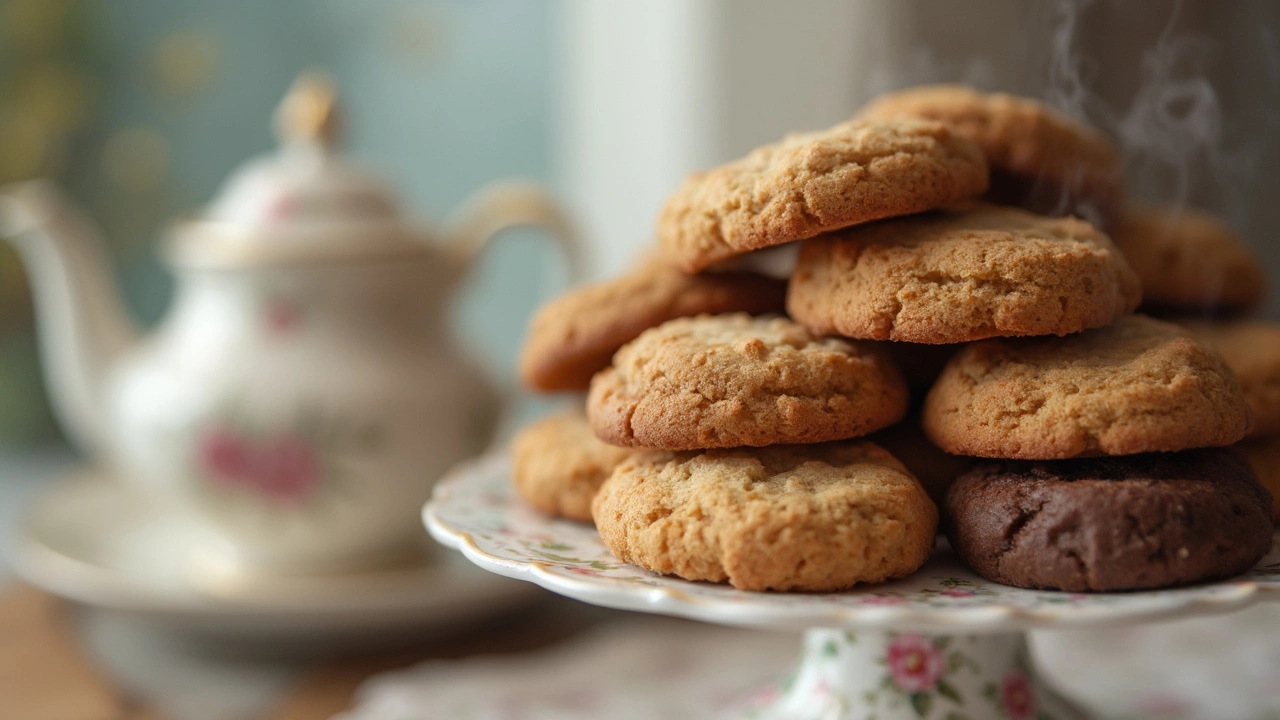
Simple Yet Delicious Recipes
If you're worried that baking homemade cookies means using complicated recipes, think again. You don't need to be a pastry chef to whip up tasty treats. Here are a few easy recipes to get you started.
Classic Chocolate Chip Cookies
This one's a no-brainer, and it's a hit at any gathering. You'll need:
- 1 cup of softened butter
- 3/4 cup of granulated sugar
- 3/4 cup of packed brown sugar
- 2 teaspoons vanilla extract
- 2 large eggs
- 2 1/4 cups all-purpose flour
- 1 teaspoon baking soda
- 1/2 teaspoon salt
- 2 cups semisweet chocolate chips
- 1 cup chopped nuts (optional)
Steps to bake:
- Preheat your oven to 375°F (190°C).
- In a large bowl, beat butter, granulated sugar, brown sugar, and vanilla extract until creamy.
- Add eggs one at a time, making sure to mix well after each addition.
- Gradually beat in flour, baking soda, and salt. Stir in chocolate chips and nuts if using.
- Drop rounded tablespoons of dough onto ungreased baking sheets.
- Bake for about 9 to 11 minutes or until golden brown. Let cookies cool on the baking sheet for a couple of minutes before transferring them to wire racks to cool completely.
Peanut Butter Cookies
This recipe is a snap—just three ingredients! Ideal for when you're short on time but still want a tasty treat.
- 1 cup sugar
- 1 cup peanut butter
- 1 egg
Steps to bake:
- Preheat your oven to 350°F (175°C).
- Mix all ingredients in a bowl until smooth.
- Roll the dough into walnut-sized balls and place them on a baking sheet. Flatten each with a fork, creating a crosshatch pattern.
- Bake for about 10 minutes or until light brown. Let them cool briefly before serving.
And there you have it—two simple recipes that don't require special skills or ingredients. Even if you're a novice, these will make you look like a pro!
Fun Cookie Facts
Did you know that cookies got their start in Persia around the 7th century AD? Hard to believe that these sweet treats have been winning hearts for centuries! Persia's conquest by the Muslims led to the spread of sugar usage, making its way through Europe by the 14th century. Enter cookies, the perfect road snack for knights and traders alike.
Around the World in a Cookie
Different cultures have put their own spin on cookies, and thank goodness for that! In the UK, what Americans call cookies are known as biscuits. In Italy, they're famous for crispy biscotti, perfect to dunk in a cup of coffee. Head to France, and you'll find delicate macarons, a true treat for the senses.
Cookie Innovations
Sometimes, the best discoveries are accidents. The beloved chocolate chip cookie was a happy accident by Ruth Wakefield in the 1930s. It's wild to think her idea to add chocolate bits into her cookie dough, hoping to create chocolate-flavored cookies, would result in the classic we've all come to love!
Fun Stats
The love for chocolate chip cookies is real. A survey conducted in 2023 showed that 53% of respondents favored chocolate chip as their top choice of homemade cookies. No surprise there!
Healthier Options? Absolutely!
Now, let's talk about modern twists. Cookies aren't just indulgent anymore; you can have your cookie and eat it too. Swapping ingredients can make them healthier. Think almond flour instead of regular flour or honey in place of sugar for a slightly nutritious upgrade.
So there you go, next time you bite into a cookie, you'll know you're savoring a piece of history!

